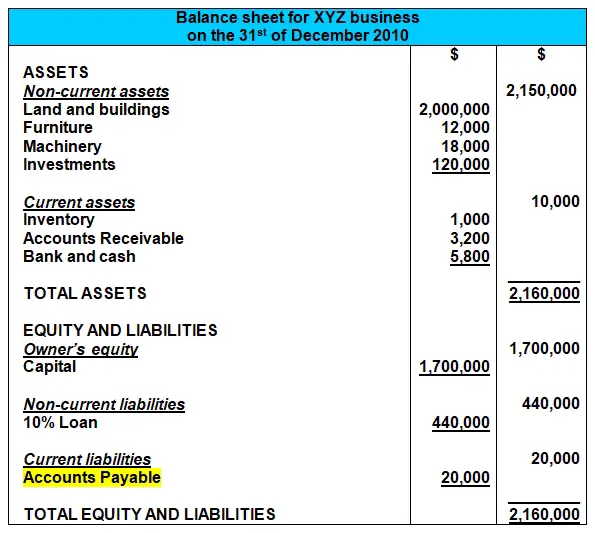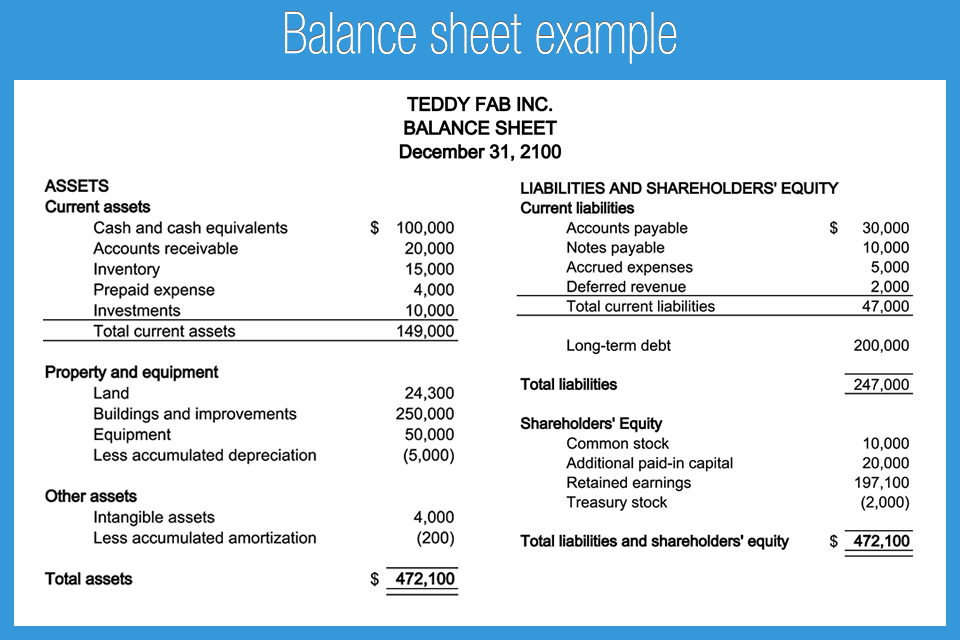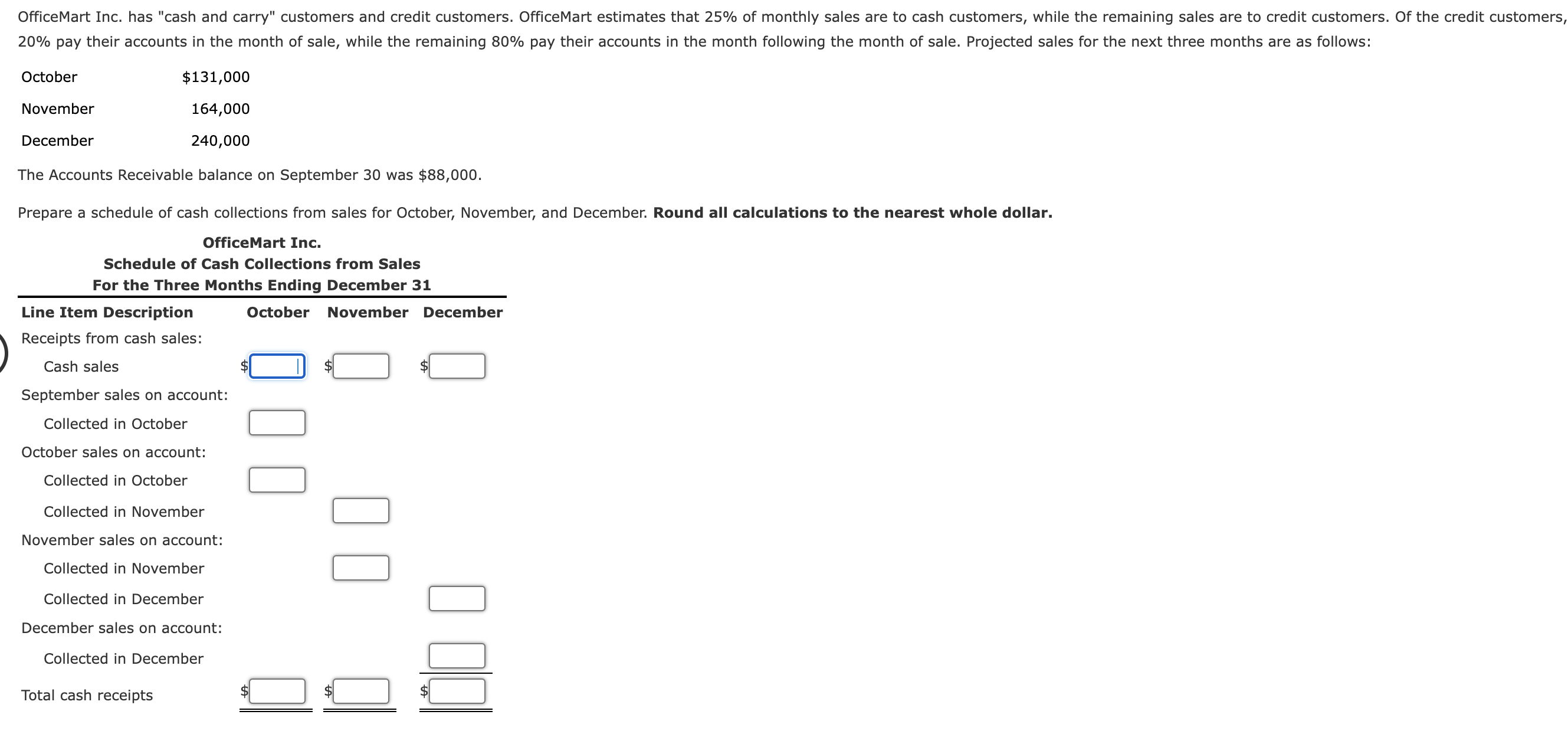Peerless Info About Another Name For Accounts Receivable On The Balance Sheet Ifrs Ias

Accounts receivable fall under a company’s assets section on the balance sheet.
Another name for accounts receivable on the balance sheet. Majorly, receivables can be divided into three types: Accounts receivable (ar) represents money for goods and services a company has delivered but not yet received payment for. Any company that allows its customers to buy on credit has an accounts receivable line on its balance sheet.
Your accounts payable is accounts receivable for the other company. If the company makes a sale and allows the customer to pay later, the sale amount is recorded in the general ledger as an account receivable. Accounts receivables (ar) as the term receivable suggests accounts receivables are the amount or sum that your customers owe you.
As fixed assets age, they begin to lose their value. So, as you’re creating and analyzing. Accounts receivable are listed on.
Accounts receivable (ar) is an accounting term describing money a business is owed for goods or services delivered. Calculating accounts receivable on the balance sheet is not a formula, rather it is the sum of all unpaid credit invoices that have been issued to customers. Review transaction reports.
It is a current asset on the. Allowance for doubtful accounts: The transaction report can show you the customer or vendor balance that creates a total in accounts receivable or accounts.
On the other hand, accounts payable are considered current liabilities. Trade receivable/accounts receivable (a/r), notes receivable, and other receivables. On a financial report, accounts receivable is a.
Accounts receivable, sometimes shortened to receivables or a/r, is money owed to a company by its customers. Click here for a practice quiz on balance sheets. Accounts payable (a/p) are invoices you owe to other companies.
Your customer transactions are important. What are balance sheet accounts receivable? Learn and improve your skills for free at accountingcoach.
So on a balance sheet, accumulated depreciation is subtracted from the value of the fixed asset. The term balance sheet refers to a financial statement that reports a company's assets, liabilities, and shareholder equity at a specific point in time. | 4 min read contents [ show] accounts receivables refer to the amounts a company would receive from customers who have bought goods and services from the company.












:max_bytes(150000):strip_icc()/accounts-receivables-on-the-balance-sheet-357263-final-911167a5515b4facb2d39d25e4e5bf3d.jpg)




